How to Farm on Straw Bales
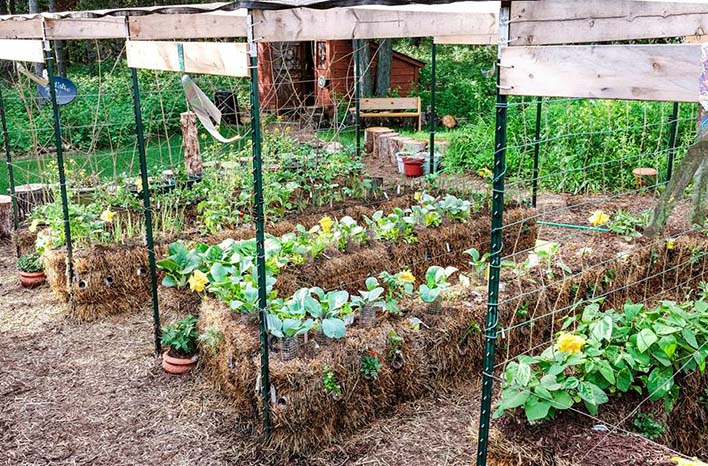
Very good to all agrohuerters, as you already know, a key element for our orchards is straw, which can be useful both for making organic mulching or mulching on our terraces and for growing on straw bales.
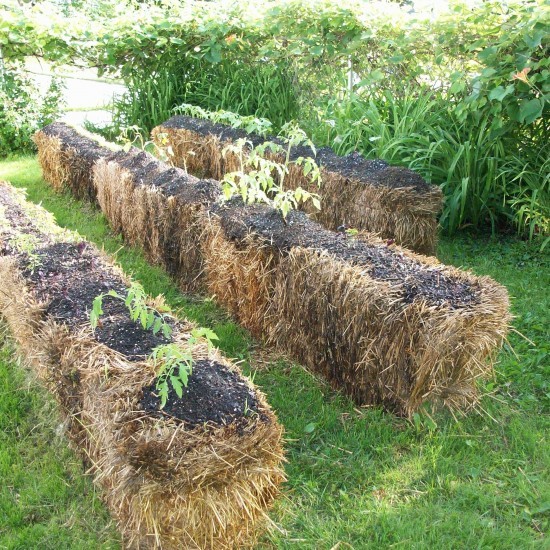
How to grow on straw
As we have already seen, straw is used to create an organic mulch (“mulch”) in our orchards, considerably increasing the water retention of our terraces by avoiding part of the evapotranspiration.
But we can also cultivate on straw bales, in this way we will obtain the advantages of mulching on a mobile structure that we can move.
To grow on straw bales you just have to follow this series of steps:
1. Prepare the straw
Before growing on straw bales, we have to place them so that their narrowest parts are facing up and tie them, if they are not already, to prevent them from falling apart. Then we must keep them moist for a few days and add some liquid fertilizer from time to time so that the straw is enriched in nutrients.
I leave you the advice of Joel Karsten, an expert in this type of structure so that you can achieve the best results:
- Days 1 to 3: Wet the bales and keep them in good humidity.
- Days 4-6: Spray each straw bale daily with ½ cup of urea diluted in 1L of water. You can replace urea with another organic fertilizer.
- Days 7-9: Add diluted urea daily again, this time reduce to ¼ cup in 1L of water.
- Day 10: No more fertilizer needed, but continue to keep the bales moist.
- Day 11: Put your hand in the straw bales to see if they are still warm. If they have cooled down to body temperature or outside temperature, you can safely start growing after the danger of frost has passed.
2. When cultivating on straw
When we cultivate on straw bales, it is not necessary to do strange things, we simply create a hole on the straw of the same dimensions that the plantation frame would have on the ground. (Frame of 30 x 30 cm is equivalent to a hole of 30 cm in diameter and 30 cm deep etc…). Once we have the land with the plant, we cover it well with the straw that we have extracted to make the hole and that’s it. We can try growing almost anything on straw bales.
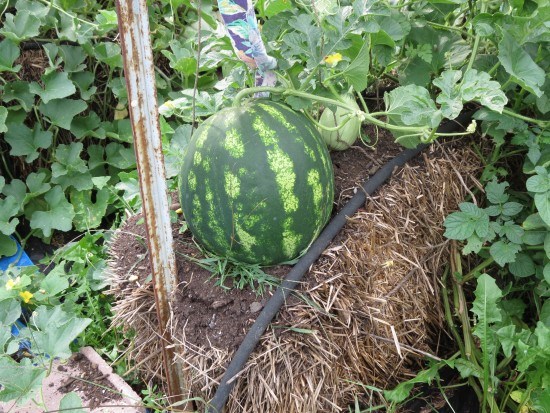
How to get our straw
Bales or bales of straw are made by stacking the dry stalk of cereals (mainly grasses), wheat, barley, rye, oats… Normally, when processing these crops, the combine harvester threshes the cereals to separate the wheat from the straw, then the baler he picks it up and stacks it, leaving bales of straw (bales or rotopacas) in its wake to create those bucolic postcards that we all know (you can also leave the straw in the field to be processed later).
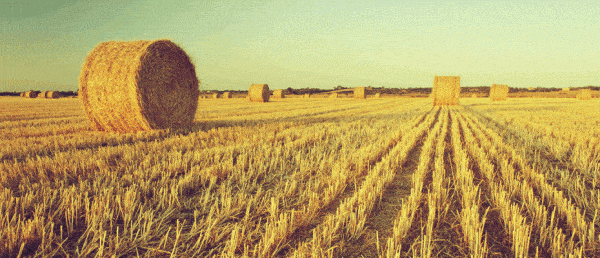
Now these straw bales are used both to feed cattle (by letting them ferment to create silage) and to improve the structure of our orchards. You can easily get a bale of straw by doing a little search on the Internet, prices vary a lot depending on how far you are from the cities, so if you think about buying straw, it is best to buy several bales at once to amortize the trip or order bales for several people..
Try to ensure that the bales of straw are very clean, do not have cereal seeds so that they do not germinate in your cultivar. Also ensure that they come from an organic cereal crop so you will ensure that the crop has not been treated with herbicides that may affect your plants.
Care, tips and tricks for growing on straw
Our crop on straw bales will receive less nutrients than if it were on good soil. So the substrate that we add to create this structure has to be very rich in organic matter (a good mature compost, earthworm humus, bokashi, etc…). Also prepare some liquid fertilizer to water the straw from time to time, remember that the straw must be kept moist, without overdoing it to prevent it from rotting, for this you can install a drip irrigation system.
Advantages of growing on straw bales.
As we have mentioned before, straw bales have the advantage of being mobile, in the event that it is affected by a pest or disease we can isolate it from the rest of the crops or we can protect it depending on the temperatures.
But growing on straw bales is also very comfortable for the following reasons:
- You don’t have to till the bed year after year. Something similar to permanent terraces although the bales only last a couple of years.
- It is an ideal cultivation system for children or people with problems bending or kneeling. We can place the bales at different heights to cultivate them more easily.
- We can farm on straw bales even if we don’t have a garden. We can always place these bullets on our terrace or balcony.
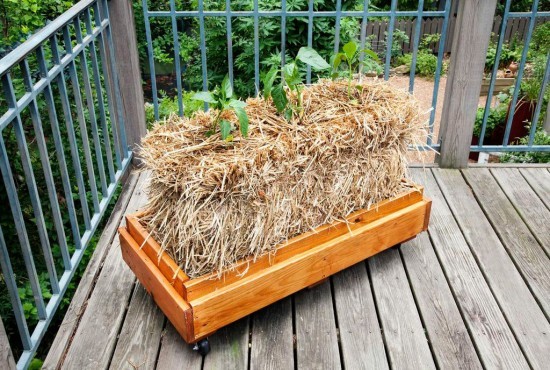
Little more, if you have access to straw or dare to search for it online, do not hesitate to cultivate on straw bales, as always, tell us about your progress and doubts, surely many people are interested in knowing them,
All the best!

![Photo of Orange Tree Cuttings: [Grafts, Time, Rooting and Planting]](https://www.complete-gardening.com/wp-content/uploads/2022/08/orange-tree-cuttings-grafts-time-rooting-and-planting-390x220.jpg)
![Photo of Sowing African Violet: [Needs, Substrate, Irrigation and Cultivation]](https://www.complete-gardening.com/wp-content/uploads/2022/08/sowing-african-violet-needs-substrate-irrigation-and-cultivation-390x220.jpg)
![Photo of Transplant Basil: [Conditions, Time, Tools and Land Preparation]](https://www.complete-gardening.com/wp-content/uploads/2022/08/transplant-basil-conditions-time-tools-and-land-preparation-390x220.png)
![Photo of Lotus Flower: [Complete Guide to Plant and Care]](https://www.complete-gardening.com/wp-content/uploads/2022/08/lotus-flower-complete-guide-to-plant-and-care-390x220.jpg)